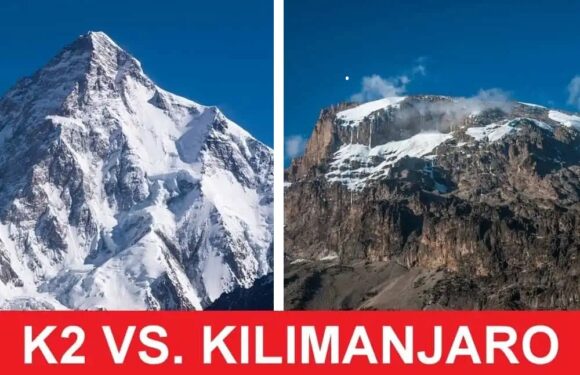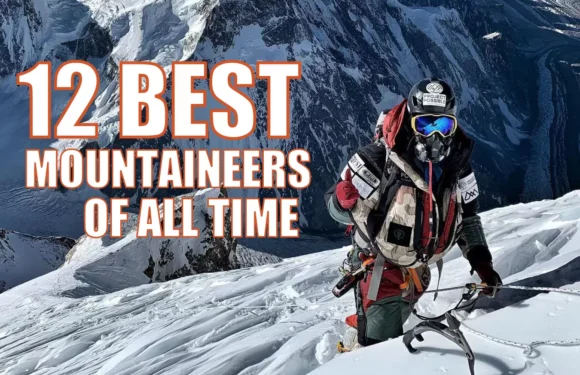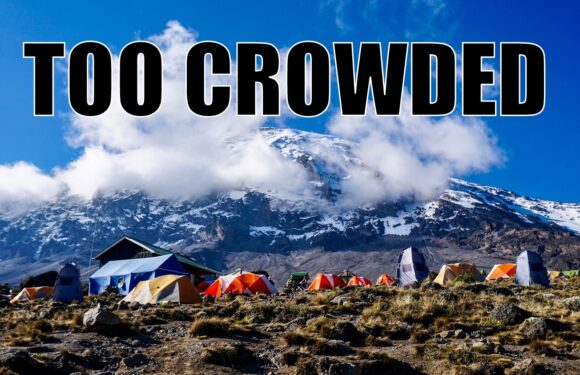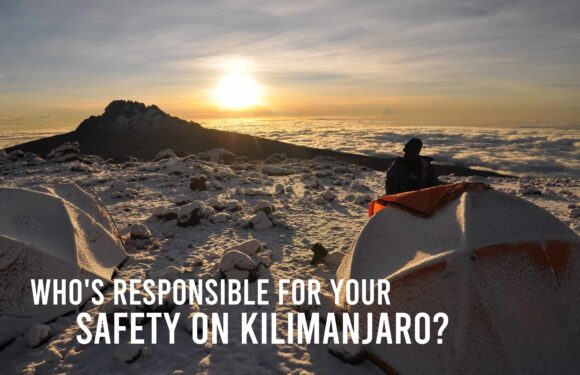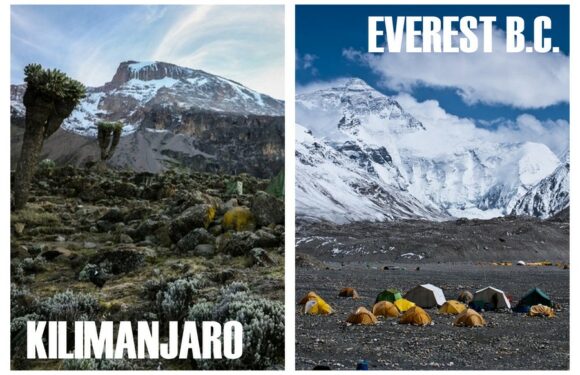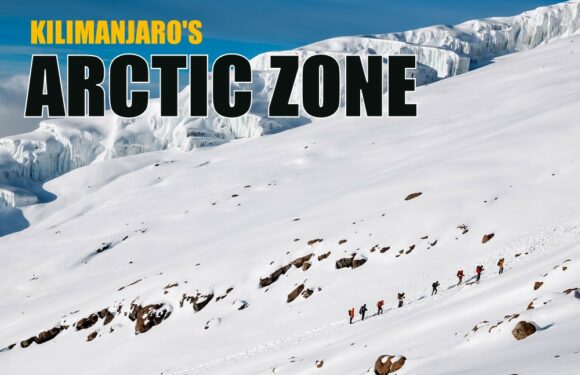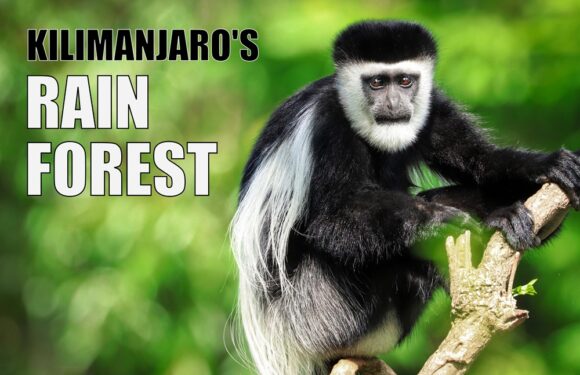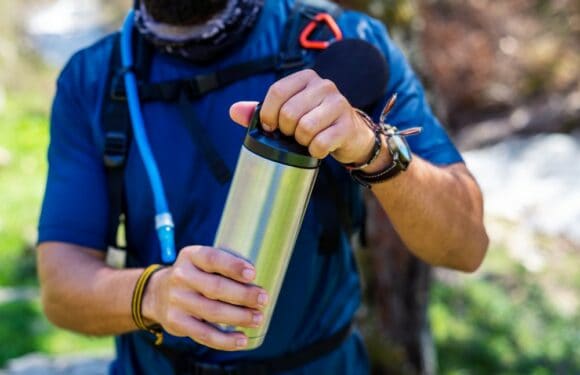The success rate for climbing Mount Kilimanjaro is often reported as 50%. That means half of all climbers fail.
One might assume that reaching Africa’s highest peak would not be easy. After all, it is 19,341 feet high – an extreme altitude. However, when looking at Kilimanjaro’s route profiles and itineraries, along with its nontechnical ascent, it would seem that more should succeed.
So, why is it that people fail?
Here are the main reasons why individuals fail to successfully climb Kilimanjaro.
1. Lack of Fitness

Getting up to the top of Kilimanjaro requires a decent level of physical ability. Not surprisingly, one of the primary reasons for unsuccessful attempts on Kilimanjaro is inadequate fitness. The mountain presents many successive days of hiking at progressively higher elevations. This presents a demanding physical challenge. For those who are not used to hiking for several hours per day, their muscles may struggle to recover from the exercise.
As the days go on, and the elevation gets higher and higher, the body becomes worn down. To make matters worse, the grueling summit attempt occurs during the final days, when the overworked body is begging for a break. The typical summit day takes 10-14 hours, but can be much longer. For those who lack fitness, this may be too strenuous.
The solution here is obvious. Train for your climb. The better shape you are in, the higher your chances of succeeding. So plan out your training schedule for the months leading up to your climb and stick with it.
See How Do I Train to Climb Kilimanjaro?
2. Altitude Sickness

Kilimanjaro’s elevation introduces a host of altitude-related challenges.
Altitude sickness, also known as Acute Mountain Sickness (AMS), can strike anyone. Altitude sickness is a condition that occurs when individuals ascend to high altitudes too quickly without giving their bodies enough time to acclimatize. It is primarily caused by the reduced oxygen. Altitude sickness is the most common reason people fail on Kilimanjaro.
Altitude acclimatization is a physiological process in which our body adjusts to lower levels of oxygen. To compensate for reduced oxygen, our body adapts by increasing our breathing rate, heart rate, and red blood cell production. This process is gradual and the rate of acclimatization depends a lot on a person’s individual constitution. When the adaptations are not sufficient for the given elevation, altitude sickness emerges.
Symptoms of AMS include headache, nausea, fatigue, and shortness of breath. In severe cases, altitude sickness can become life-threatening. Therefore, when a climber experiences anything more than mild symptoms, they are forced to give up on their summit attempt.
The best, and easiest way, to minimize your chances of succumbing to altitude sickness is to choose a longer route, preferably eight or nine days. Because rapid ascent is the primary risk factor for altitude sickness, slowing down the ascent decreases the risk for altitude sickness, for everyone.
See Are You Afraid of High Altitude? Here is How to Approach Mount Kilimanjaro’s Biggest Obstacle.
3. Mental Weakness
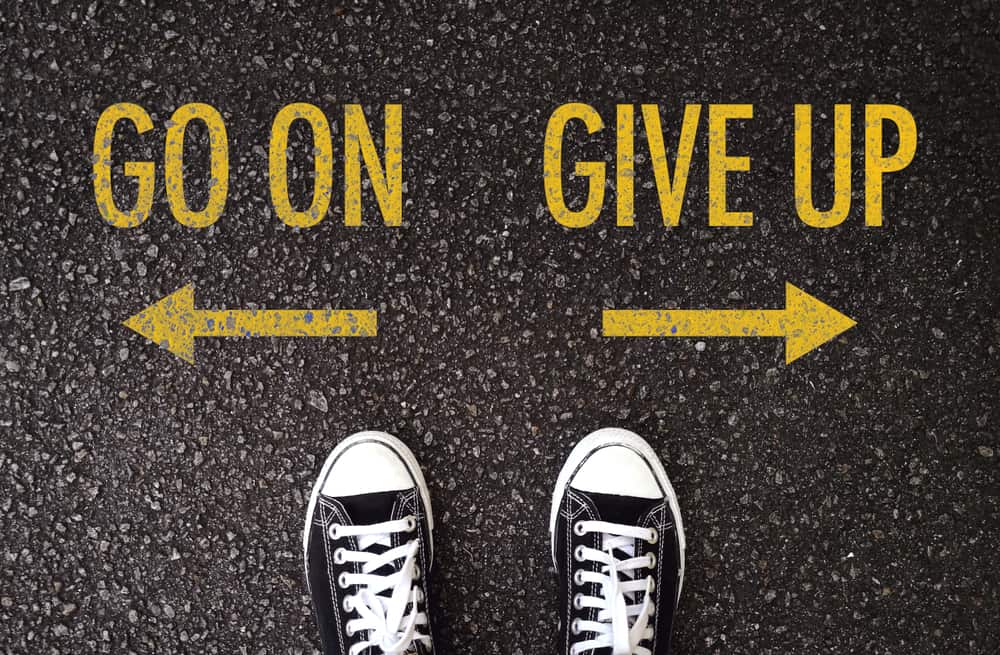
Climbing a mountain like Kilimanjaro is not only a physical endeavor but also a mental challenge. The psychological barriers that people face can be just as tough as the physical ones.
This is why mental preparedness is important. Climbing Kilimanjaro demands determination, resilience, and a strong mindset. The mental strain of enduring long hours of hiking, dealing with discomfort, and pushing through exhaustion can be overwhelming. Lack of mental fortitude often leads climbers to give up before they reach the summit.
So how do you build mental strength?
It comes from your physical training. You can erase self doubt by performing at a high level before you even show up. Completing long day hikes and getting through tough training sessions will not only build your endurance, but also your confidence.
Remember that the reason you are on the Kilimanjaro is because you believed in yourself. You believed you could do it. So if negative thoughts creep up during your climb, replace them with positive ones. Visualize yourself celebrating on the summit. Think about the other times you succeeded because you didn’t quit.
4. Injuries
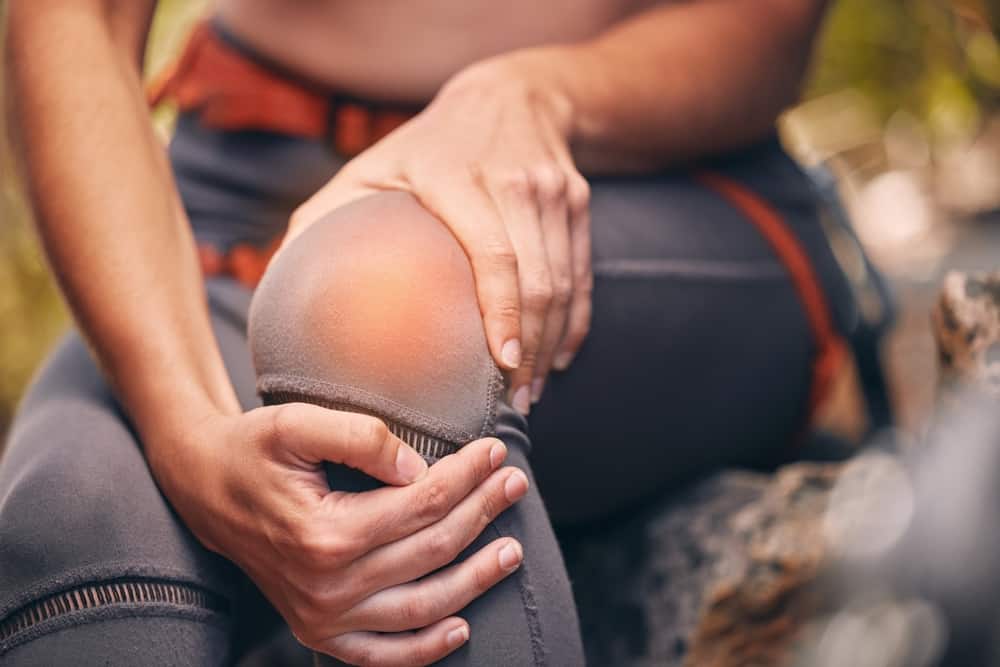
There are inherent risks to climbing tall peaks. Taking thousands of steps in order to make it to the top means there are thousands of opportunities to get injured. Most injuries that occur on the mountain involve the lower body, involving the feet, ankles and knees.
Common injuries and conditions that climbers may experience on Kilimanjaro include: blisters, ankle sprains, muscle pulls, minor cuts and abrasions, tendinitis, bursitis, plantar fasciitis, and shin splints.
Though these conditions are generally not dangerous and don’t require immediate medical attention, they could be serious enough to prevent one from reaching the summit.
To minimize the chances of getting injured on Kilimanjaro, climbers should prioritize proper training. Most injuries occur due to muscle or joint overuse. But what is overuse to one person is not to another. It depends on what your body is adapted to. The key to preventing injuries is to get your body ready to withstand consecutive days of hiking. The easier this becomes, the lower the risk of injuries.
See How Do I Prevent Injuries While Climbing Kilimanjaro?
5. Other Illnesses
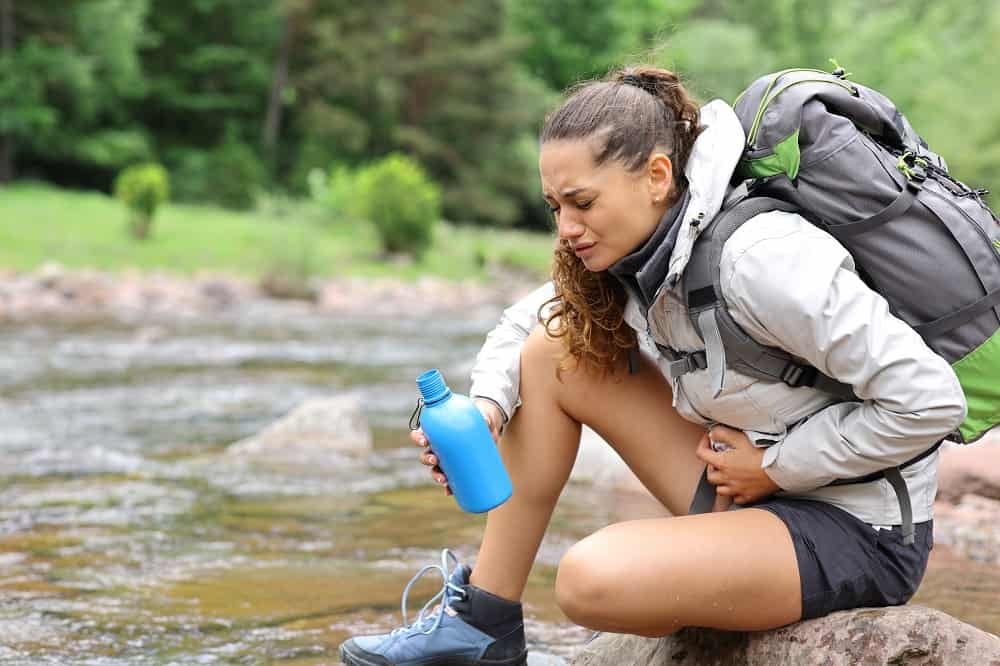
We’ve mentioned altitude sickness, which is by far the biggest obstacle in tackling Kilimanjaro. But there are other illnesses that can ruin your shot at reaching the top.
Being in a harsh outdoor environment puts a strain on your immune system, which means your body is less able to resist getting sick. The close quarters in camps and weather conditions can also facilitate the spread of infections. Climbers may be susceptible to coughs, colds, and other respiratory ailments.
Additionally, changes in the food and water and poor hygiene can lead to gastrointestinal issues.
Though it’s a bit harder to execute on the mountain, try to maintain good hygiene. Wash your hands or use hand sanitizer frequently, especially after using the bathroom and before every meal. Also, try not to touch your face, and avoid close contact with others.
6. Gear Problems

Climbing the mountain requires a good amount of gear and equipment. The gear list may be long, but each item should be carefully considered because not having the right things can jeopardize your trip. Inadequate gear can make the climb more difficult and uncomfortable. It could be the difference in whether you summit or not.
Here are some common gear mistakes people make on Kilimanjaro:
- Improper footwear
- Ill fitting backpack
- Insufficient rain protection
- Inadequate warm clothing
- Insufficient sleeping bag
- Improper gloves and hats
- Deficient sun protection
Everything you need to climb Kilimanjaro is presented on our gear list. If you’re unsure about a piece of gear, please consult our website. We have comprehensive articles that describe what you should be looking for, including recommended products, for each item.
Don’t let a gear problem be the reason you failed. By following our advice, you’ll have a complete kit that is suitable for the mountain conditions you’ll encounter. Inadequate gear is the most frustrating reason why people fail on Kilimanjaro, because it is the most easily preventable problem.
See What Gear Do I Need to Climb Kilimanjaro?
7. Poor Guides

Last but not least, we need to address the issue of bad Kilimanjaro operators.
Understand that tourism is one of the main industries in Tanzania. It brings in a lot of foreign money and is seen as a lucrative field. So for many Tanzanians, they work in the tourism industry whether they like it or not.
Unlike Western countries, where adventure travel companies are usually operated by people actually passionate about the field, in Tanzania these jobs are filled by people who frankly just need the income. And that includes Kilimanjaro guides.
As a result, there are a high number of mediocre guides leading groups on the mountain. Without proper advice and guidance, people fail on Kilimanjaro, from doing the wrong things at the wrong times, making their climb harder than it needs to be.
Therefore, your guide can definitely be the difference between success and failure. And let’s be real, the best guides only work with the best companies. So who you book your climb with matters.
At Ultimate Kilimanjaro®, we frequently get positive feedback from our clients that they made it to the top because of the support they received from our all star team.
Conclusion
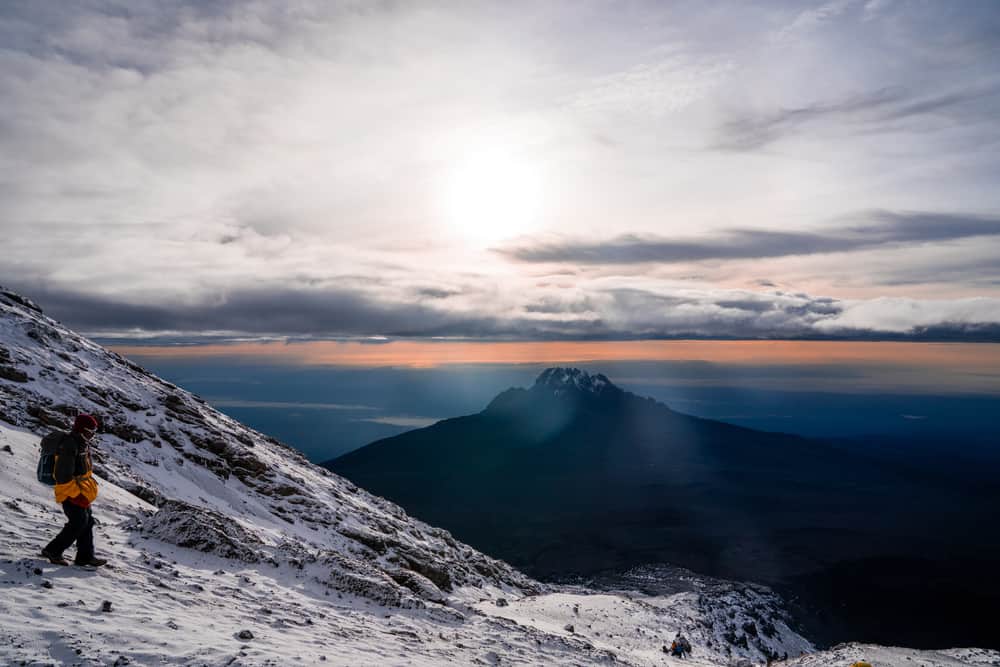
Climbing Mount Kilimanjaro is a challenging and rewarding endeavor, but not everyone who attempts it reaches the summit.
The possible reasons for failure are numerous and multifaceted, but the main causes are clear and preventable. To increase the chances of a successful climb, prospective climbers should prioritize physical and mental preparation, choosing a longer route with a good acclimatization profile, and invest in the proper gear.





















































